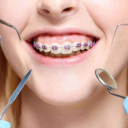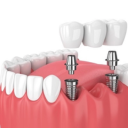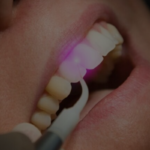
Laser Gingivectomy
March 9, 2024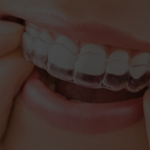
Night Guards
March 11, 2024Snoring Devices
Snoring occurs when the air in your nose cannot freely move through your nose and throat during sleep,
making the surrounding tissues vibrate, which produces the familiar snoring sound.
People who snore usually have too much throat and nasal tissue or “floppy” tissue that is likely to vibrate.
The position of your tongue can also get in the way of smooth breathing.
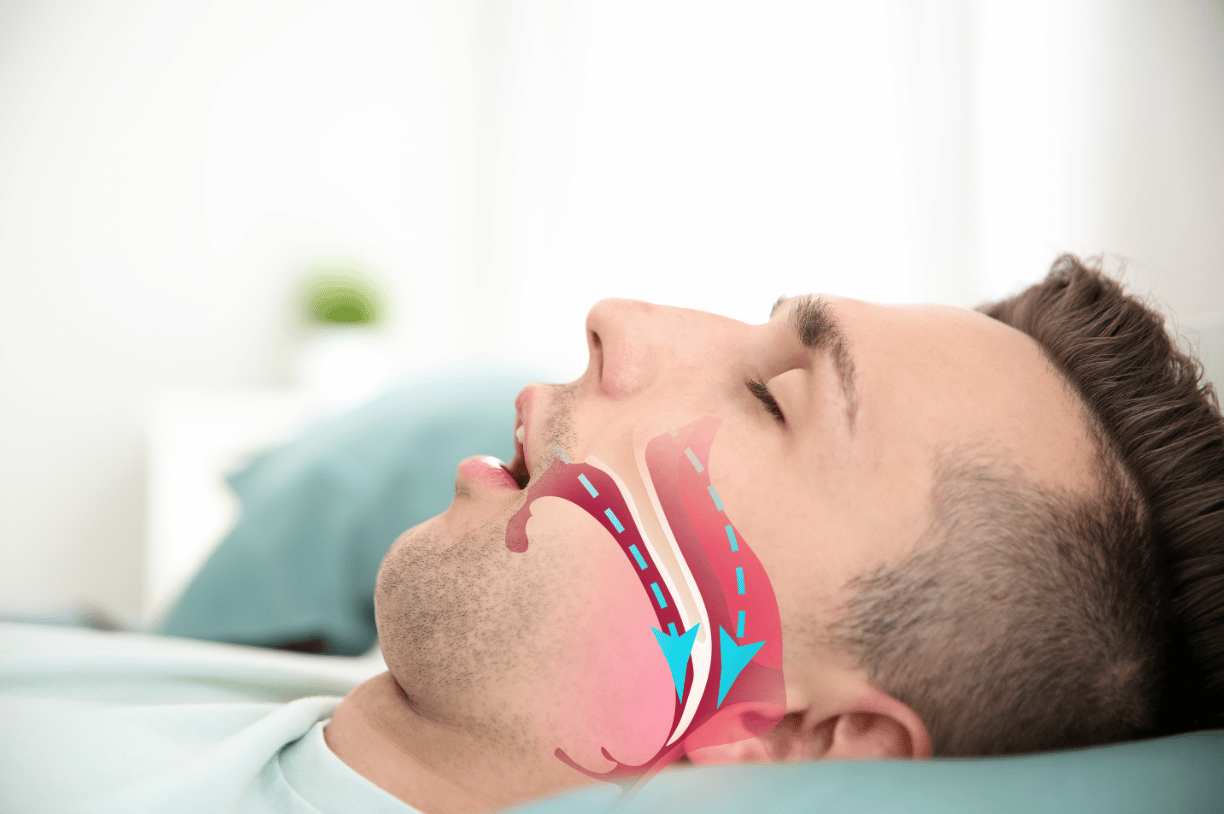
There can be various reasons that cause snoring. Factors like increased age, obesity, enlarged adenoids,
sinus problems, alcohol, smoking, medications, and sleeping posture may be responsible for normal
snoring.
Snoring while keeping your mouth closed could be due to the shape, size, and position of your tongue. While
snoring with your mouth open could be indicative of a problem with your throat. Generally, improved sleep
habits and lifestyle changes can easily cure normal snoring, especially for those who snore while sleeping
on their back.
There are many types of snoring devices that can help solve this problem.
Why do I need snoring devices?
More serious cases of snoring can lead to sleep apnea, where breathing is frequently
interrupted by blockages in the airways, reducing the levels of oxygen to the brain. This can
lead to severe conditions such as strokes, high blood pressure and other serious conditions.
Treatments can include mandibular devices, CPAP (continuous positive airway pressure) machines and
others. These are examples of snoring devices.
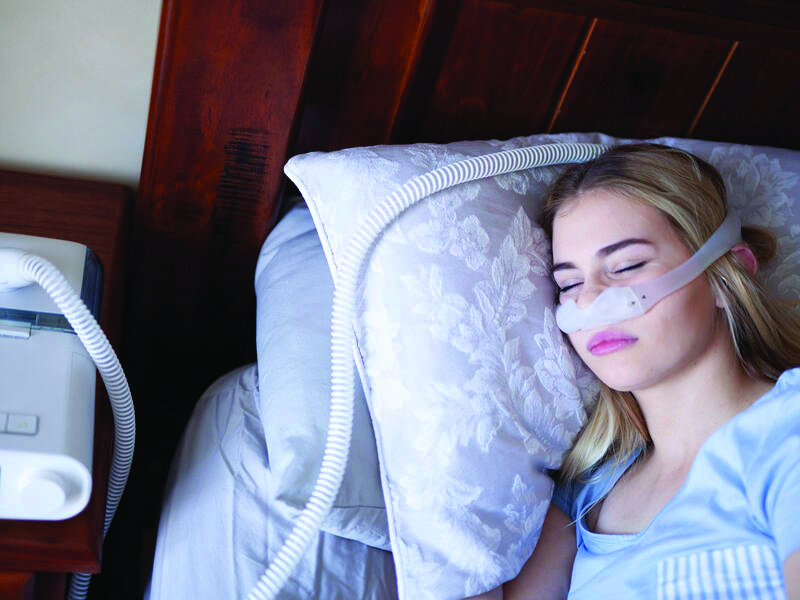
It is possible that a sleep study may be needed, which can be conducted over a 24-hour period with followup
analysis.
How long will it take?
This will depend upon the type of solution that is selected. Mandubular devices need to be fitted so an
initial appointment is taken for either a digital scan or a mold to be made of the mouth. CPAP machines
and such will require training to be used but can be installed very quickly in the home.
How long to recover? When can I get back to work?
Return to work is immediate as each solution is used at home and during sleeping.
What should the patient do after the treatment?
Depending upon the solution selected, there will be cleaning and maintenance to undertake, which will be provided with training and maintenance agreements from the manufacturer.



